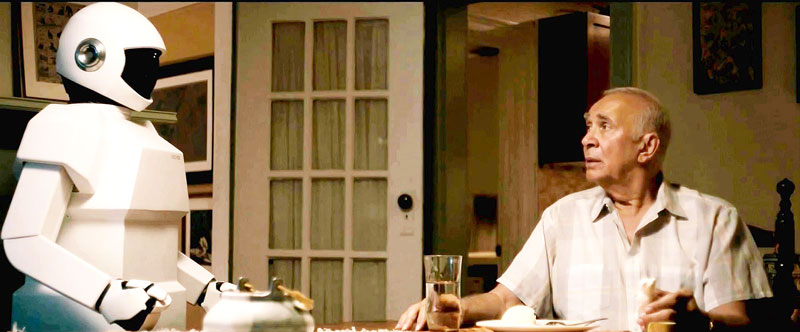
Robohub.org
Should ownership influence the decision-making of a care robot?
 For the past few months, the Open Roboethics initiative have been exploring the topic of care robots. During one of our meetings, we got into a discussion about whether the ownership of a robot should play a role in its decision-making. In a care scenario, for example, a robot may have been purchased by the patient, by the hospital (which sent it home with the patient to monitor their health), or by a concerned family member who wants to monitor their relative.
For the past few months, the Open Roboethics initiative have been exploring the topic of care robots. During one of our meetings, we got into a discussion about whether the ownership of a robot should play a role in its decision-making. In a care scenario, for example, a robot may have been purchased by the patient, by the hospital (which sent it home with the patient to monitor their health), or by a concerned family member who wants to monitor their relative.
We have seen ownership play a role in robot decision-making before. For example, in one of our previous polls we asked readers whose life should be prioritized – the car’s passengers or people outside the car – when a fatal accident is inevitable. Those who said that the car should prioritize passenger safety explained their views in terms of ownership: “I bought the car. It should protect me.”
What about the case when a care recipient is not the owner of the robot? Should it matter who the owner is?
Let us know what you think by participating in the poll below.
tags: c-Politics-Law-Society, care robots, cx-Health-Medicine, robot ethics




